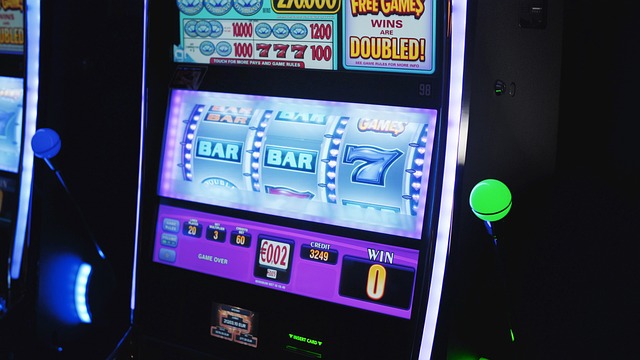Understanding how paylines work is essential to making smart decisions in slot games. A payline is the pattern on which symbols must align for a win to be triggered. Whether you’re playing classic three-reel slots or modern five-reel video slots, paylines determine how and when you get paid.
Some games feature just one horizontal payline across the center, while others offer hundreds—or even thousands—of ways to win. The number and structure of these paylines directly affect the game’s volatility, winning frequency, and potential payout sizes.
Learning how to interpret paylines allows players to choose games that match their playing style and bankroll. It also helps avoid misunderstandings about why a spin did or didn’t result in a win. Knowing what to look for on the reels makes gameplay more enjoyable and strategic.
What Are Slot Paylines?
A payline is a line that runs across the reels of a slot game and determines winning combinations. When matching symbols land on an active payline according to the game’s rules, a payout is awarded.
Traditional slot machines often feature a single, straight payline across the center of the reels. Modern slots, however, come with multiple paylines—horizontal, vertical, diagonal, or even zig-zagged patterns.
Some slots have fixed paylines, meaning you must play all available lines with each spin. Others allow adjustable paylines, giving you control over how many lines to activate. Fewer active paylines mean smaller bets per spin, but they also reduce your chances of hitting winning combinations.
The number of paylines can range from 1 to 100 or more, depending on the slot. Understanding how these lines work is key to knowing what you’re betting on and what you need to land for a win.
Reading Payline Diagrams and Rules

Every slot game includes a paytable or game rules section that displays the payline layout. This is where players can see exactly how each payline is formed and which symbol combinations qualify for a payout.
In most games, paylines are numbered and illustrated with lines running across the reels. Some show straight lines, while others feature crisscrossing or angled paths. For example, Payline 1 might go straight across the top row, while Payline 15 might curve from bottom-left to top-right.
Payline diagrams are usually color-coded for clarity. These visuals help players understand how symbols need to align—not just which ones to look for.
It’s also important to note whether a game pays left to right, right to left, or both ways. Most traditional slots only pay left to right, but newer games may offer both directions or use “all ways” mechanics, such as Megaways or 243-ways formats.
Fixed vs. Adjustable Paylines
In slots with fixed paylines, you must bet on all available lines with every spin. If the game has 25 paylines, your bet is automatically spread across those 25 lines. While this increases your total stake per spin, it also maximizes your chances of triggering wins.
Adjustable paylines let you choose how many lines to activate. This offers more control over your budget, allowing you to reduce your bet by playing fewer lines. However, it also reduces your coverage of the reels and may result in missed winning combinations.
Choosing between fixed and adjustable paylines depends on your playstyle. If you prefer frequent wins and broader coverage, fixed-payline slots might be ideal. If you’re playing conservatively or experimenting with a strategy, adjustable paylines provide more flexibility.
Either way, it’s crucial to understand what your chosen setting means for your chances of winning.
Payline Orientation and Symbol Alignment

Not all paylines run in straight lines. In modern slot games, they often follow unique patterns across the reels. These lines may zigzag, form shapes, or skip reels altogether. This makes symbol alignment a bit more complex but also more exciting.
To win on a payline, matching symbols must land in the correct sequence on active reels. Most games require matches from the first reel onward. Others may pay in both directions or even award payouts for scattered symbol groupings.
Additionally, wild symbols often substitute for other symbols to help complete paylines. Knowing how these work within the payline structure gives you better insight into your chances with each spin.
Players should also be aware of payline length. A line may span three, four, or five reels depending on the game. Some slots offer larger payouts for matches across more reels on the same payline.
The Role of Paylines in Strategy
While slot machines are ultimately games of chance, understanding paylines allows you to develop smarter strategies. You can choose games that align with your risk tolerance—slots with more paylines tend to offer smaller but more frequent wins, while those with fewer paylines may pay out less often but in larger amounts.
Tracking how often you hit wins, recognizing high-paying patterns, and learning which paylines are most active in a session can all improve your overall experience.
Before spinning, take time to study the paytable, payline layout, and game settings. With that knowledge, you can adjust your bets, pick games that suit your goals, and avoid confusion when evaluating your results.
By learning how to interpret slot machine paylines, you unlock a deeper understanding of the game mechanics—giving you more control, confidence, and enjoyment in every spin.
